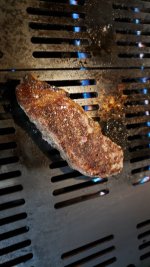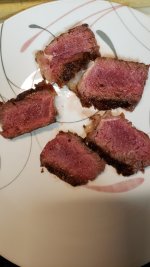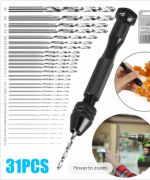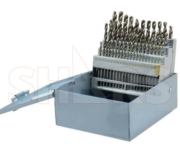Jon Tofte
TVWBB 1-Star Olympian
For my two cents worth - and that's all it is worth - I would think you could ever so slightly bump up a Q200/2000 orifice without stressing the grill. But it would have to be only a very small incremental change and done properly as Scott describes. I say this, because it does seem that the 200/2000 series Qs have a lower btu per square inch than the other Q grills. I would NOT try that on a 100/1000 or 300/3200 Q.
Also, I agree with Larry that if you are bumping up the heat output of your burner it seems a lot more risky to then also do additional mods that hold more of that heat below than a Q normally would. The Q plastic will melt even in OEM configuration if forgotten and left running for hours and hours, so this is not a concern based on paranoia or far-fetched speculaton.
Also, I agree with Larry that if you are bumping up the heat output of your burner it seems a lot more risky to then also do additional mods that hold more of that heat below than a Q normally would. The Q plastic will melt even in OEM configuration if forgotten and left running for hours and hours, so this is not a concern based on paranoia or far-fetched speculaton.





